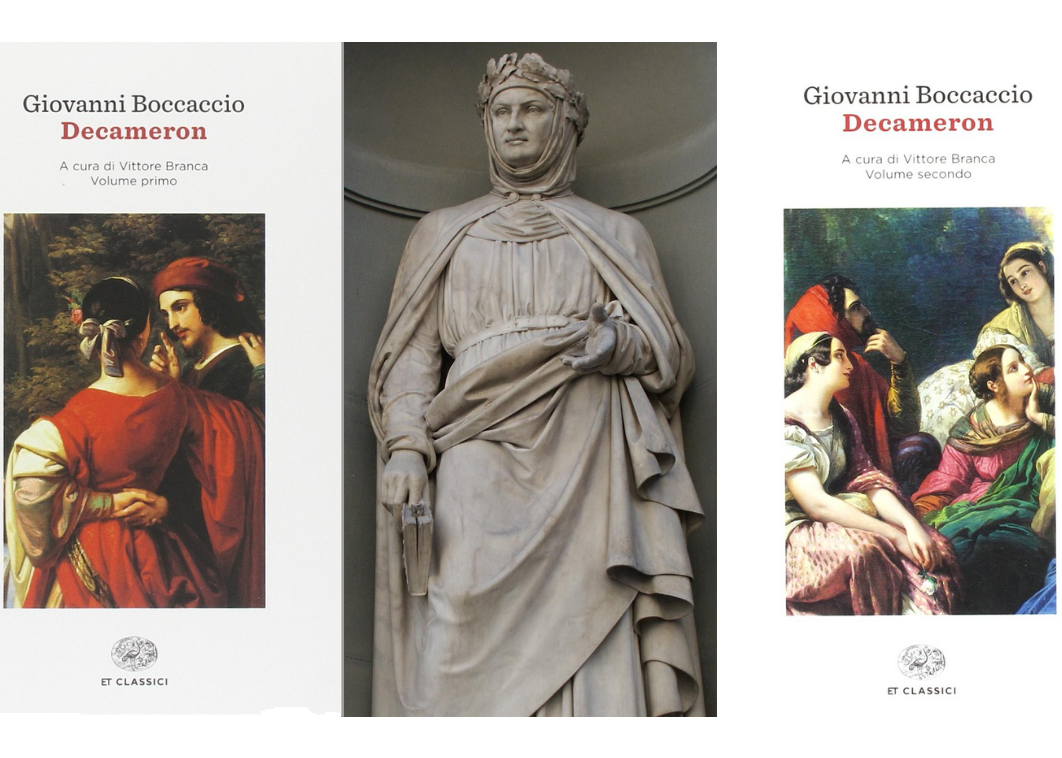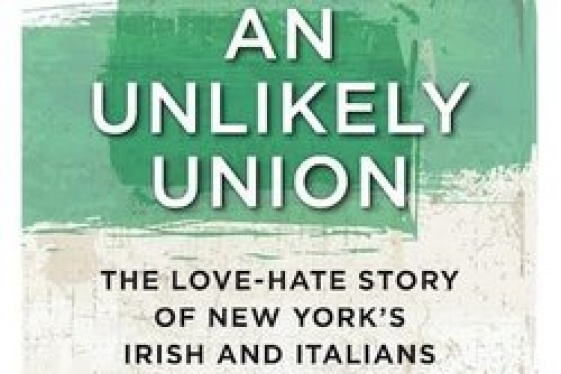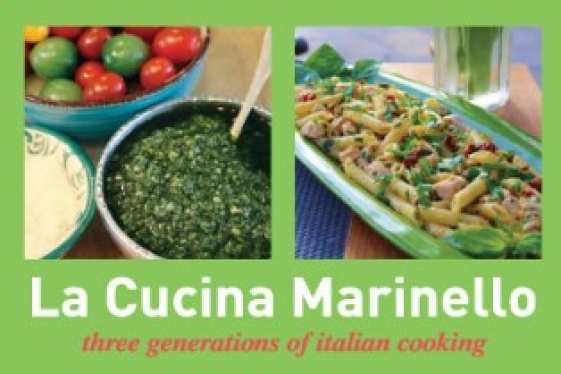

The second instalment of this column continues with another great classic of Italian literature, a foundation of our cultural heritage and language, a work studied in schools and repeatedly analysed, a masterpiece that captivated our literary history: the Decameron, by Giovanni Boccaccio.
The Decameron was written between 1349 and 1351 and it consists of a preface, an introduction and one hundred novellas - told by the ten protagonists in ten days. The latter are seven women (Pampinea, Filomena, Neifile, Fiammetta, Elisa, Lauretta, Emilia) and three men (Filostrato, Dioneo, Panfilo), who are escaping the plague that has hit Florence in 1348 and therefore seeking refuge in the countryside.
Every day, each person gets to tell a story and each day comprises a different theme. The first day is about what pleases everyone the most. The second one regards adventures that ended happily. The third one deals with conquering desired necessities. The fourth one tackles love stories with a sad ending. The fifth one handles happy love adventures. The sixth one considers sharp remarks. The seventh one ponders deceptions carried out by wives to the detriment of their husbands. The eight one includes jokes and pranks. In the ninth one whoever tells the story can decide the topics. The tenth and last day recounts endeavors and magnanimous deeds.
On a backdrop depicting death, moral chaos, and barbarity, these young people are trying to escape from the nightmares and grief that seem to characterize life in that moment, devoting themselves to recreation, dancing, playing, pleasant conversations, banquet, trips, and the afore mentioned account of short stories.
“The work is regarded as a masterpiece of classical Italian prose”, presenting the romantic style in its tone and form and distancing itself from medieval sensibility thanks to its focus on the human capability to overcome – and even exploit – fortune.
For the stories, Boccaccio drew inspiration from folklore and myth traditions and kept the affirmation of moral values at the core of its work.
As a matter of fact, many Renaissance writers were influenced by his style and way of writing and the stories he created within this piece of work have been widely employed over the centuries. Giovanni Boccaccio (1313 – 1375) did indeed marked the way towards the Italian literature during the Renaissance.
What is more, it has been noted that, while the Divine Comedy embodied centuries of culture, the Decameron is rather anticipating a new perception of reality, infused with chivalrous ideals of the feudal society, but, at the same time, free and open, which understands and accepts human passions and rejects any form of hypocrisy and corruption.
The comic and cheerful situations presented in the work do not diminish nor make less serious the extremely important and serious message at the core of Boccaccio’s masterpiece; that is a calling towards the idea of a peaceful and bold life, with a complete awareness and understanding of moral and religious values.
The Decameron reached the American culture as well, where it was also studied and on which many books have been written.
More specifically, the American Boccaccio Association was founded in the United States as a non-profit scholarly organization with the goal to promote the study and teaching of Giovanni Boccaccio's life and works. It promotes sessions on the author at major conferences, promotes different initiatives, delivers its own newsletter, encourages the study of Boccaccio’s works among American scholars, has created a permanent Boccaccio Studies Centre, since 1974 has been hosting a yearly Boccaccio Studies Forum, has an online journal and sponsors the Review of Boccaccio Scholarship which includes studies, abstracts, and reviews of relevant material.
Besides the literary and cultural impact, the Decameron can also produce a social and human response as, in the last couple of years, the inevitable reality was that just like the protagonists of the story, we have been experiencing the threat of a spreading disease too, this masterpiece was used as a source of inspiration and a way to get people together – even remotely.
In fact, in 2020, the Italian Cultural Institute of San Francisco organized “The Daily Decameron | Tales to Connect us in Troubled Times”, a production that narrated the novellas, read in English and in Italian and accompanied by a musical background, in different videos which were released every week.
What is more, in the same year, a venture called “100 Days of Decameron” was held in Iowa City, in partnership with UNESCO, to support and help its citizens during the isolated and difficult times caused by the pandemic as well as to promote a literary and cultural initiative, providing a distraction and a sense of togetherness. The event consisted in people gathering virtually to read the work and take part in discussions about it. The aim was to “create a strong sense of community and belonging”, reading one tale a day and finish the whole book within 100 days.
As it was reported, the Decameron, “in its breadth of treatment of contemporary urban society—from humorous to tragic—as well as in its humanism and its swift and vivid narrative, it remained in the 21st century a remarkably fresh and penetrating document”.
You may be interested
-
'Phantom Limb': A Conversation With Dennis...
Dennis Palumbo is a thriller writer and psychotherapist in private practice. He's the auth...
-
An Unlikely Union: The love-hate story of Ne...
Award-winning author and Brooklynite Paul Moses is back with a historic yet dazzling sto...
-
Former Montclair resident turns recipes into...
Former Montclair resident Linda Carman watched her father's dream roll off the presses thi...
-
''La Gente di Mulberry Street'' presentato a...
Valsinni- Italia, terra di emigranti. Presentato a Valsinni il nuovo saggio storico di Raf...
-
'An Unlikely Union' author Paul Moses on his...
by Ginger Adam Otis Any journalist who has ever been an author has lived through...
-
'An Unlikely Union': Paul Moses on the urban...
Few American cities, with the possible exception of Chicago, do urban ethnic drama like Ne...
-
'Augie’s War' novelist to appear at Elkins bo...
Charleston author and Gazette-Mail wine columnist John H. Brown will conduct a book readin...
-
'Ferrante Fever' Documentary: A Literary Phen...
It's generally accepted that, in order to achieve fame and fortune, one must be prepared t...










